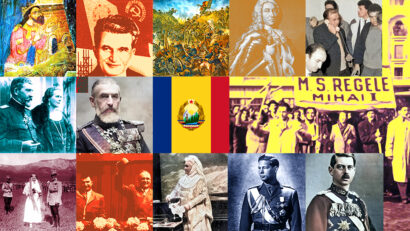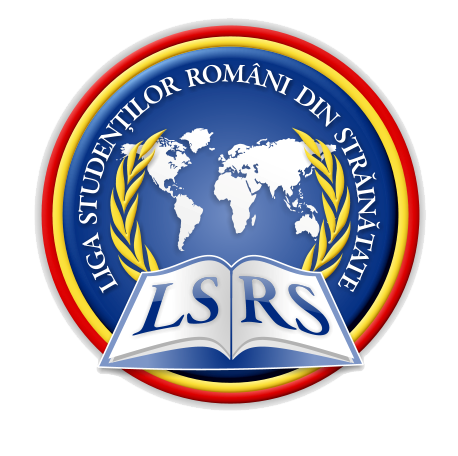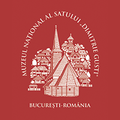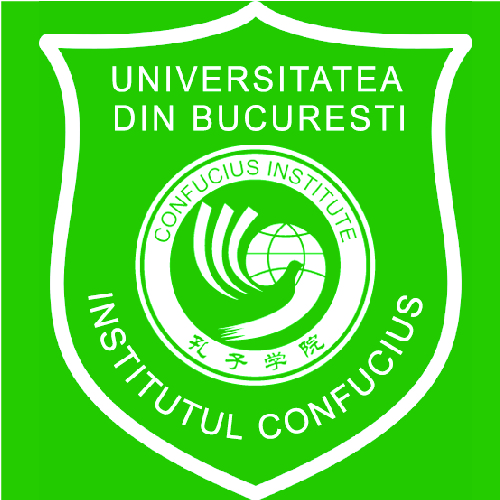Eugen Cristescu (1895-1950)
One of the key figures in Marshal Ion Antonescu's regime was Eugen Cristescu

Steliu Lambru, 02.06.2025, 13:40
One of the key figures in Marshal Ion Antonescu’s regime was Eugen Cristescu, successor to the feared Mihail Moruzov as director of the Special Intelligence Service. Cristescu was appointed chief after Moruzov, a trusted man of former King Carol II, was arrested and imprisoned in Jilava penitentiary on September 6, 1940.
Cristescu was born in 1895 in Oituz, Bacău County, eastern Romania, the site of three intense battles in 1917 between the Romanian and German-Austro-Hungarian armies. There were nine children in the family of a teacher and a housewife. In 1916, the year Romania entered World War I, Cristescu enrolled in the Faculty of Law of the University of Iași. The young student took part in the fighting and was promoted to the rank of sergeant.
After the war, he was employed by the Ministry of the Interior, then transferred to the intelligence service. He was decorated with six orders and two medals for his service. In September 1940, upon the change of regime, Cristescu was considered the natural successor to Moruzov as head of intelligence due to his loyalty to Antonescu. During his years as director, Cristescu ordered monitoring missions of all foreign agents in Romania without distinguishing between allies and adversaries. The Special Intelligence Service did not subordinate itself to Germany, an example being the capture of three British parachutists in Romania in 1943, interrogated by Cristescu, who refused to hand them over to Berlin. The head of the S.I.S. also knew about the secret negotiations carried out by the Romanian opposition with the Americans and the British to negotiate Romania’s exit from the alliance with Germany, and refused Berlin’s request to arrest the negotiators.
The most detestable part of his career was his participation in the Holocaust. The role of the service he led in the Iași pogrom of June 1941 has been proven with archival documents and oral history testimonies. Historian Radu Ioanid states in the volume “The Iași Pogrom,” published in 2014, that the number of Jews killed in Iași in 1941 is between 3,000 and 12,000 people.
When Romania left the alliance with Germany on August 23, 1944, Lieutenant Colonel Traian Borcescu was the head of the counterintelligence section within the S.I.S. In 1994, interviewed by the Oral History Center of the Romanian Broadcasting, Borcescu remembered the moment when the Antonescu government had been summoned by King Michael I to sign the terms of the armistice with the USSR. Sensing something fishy, Cristescu made a different decision.
“Instead of going to the Palace, he goes to the German legation. At 10 p.m. the Royal Proclamation is broadcast. After the Proclamation is read, at 11:30 p.m., from inside the legation, Eugen Cristescu, where he was with two subordinates, calls and says: “We are refugees in the legation. Next to me is Killinger, who wants to know what the real situation is in the capital and in the country. He is interested in whether the two Antoneşti can be released, whether the conspirators in the Palace can be arrested with the help of the German troops in the capital, and whether the situation can be restored.” He asked me if there were tanks in the Palace. My answer was that all measures had been taken and that any German reaction would be crushed. In less than an hour, no one would be left alive and not a single brick in the legation would be destroyed if they resisted. “The old state of affairs is finally over. Leave the legation immediately, because otherwise you will be declared traitors!” After which I hung up the phone.”
In 1946, Eugen Cristescu was sentenced to death, but his sentence was commuted to life and hard labor, and he was imprisoned in Văcărești. Student Nicolae Dascălu was a member of the National Peasant Party starting in 1946, and was part of the anti-communist organization “6th column”. Arrested in 1947 and imprisoned in Văcărești, he met the head of the Romanian espionage there, as he confessed in 2000.
“I met a gentleman who seemed presentable to me. I said “My name is Dascălu”, and he replied “My name is Eugen Cristescu.” I didn’t know at that time who Eugen Cristescu was. We didn’t have time to talk because they pushed to us two bowls on the floor, containing the so-called food, absolutely transparent water with a cabbage leaf in it, one of those that you throw away. And I asked Eugen Cristescu “What’s that?” and he answered me that that was the meal. I pushed my bowl with my foot towards the toilet in the cell and threw it in there. What followed after that? A beating until I fainted, until I lost consciousness. I know that I woke up wet, back in my cell, Eugen Cristescu saw me and said, more to himself: “You should have been obedient, you don’t hit the food!”
In 1950, Eugen Cristescu died in Văcărești prison at the age of 55. The official autopsy stated that the prisoner had died of coronary heart disease. However, the living conditions in communist prisons favored the deterioration of the health of any prisoner.





























